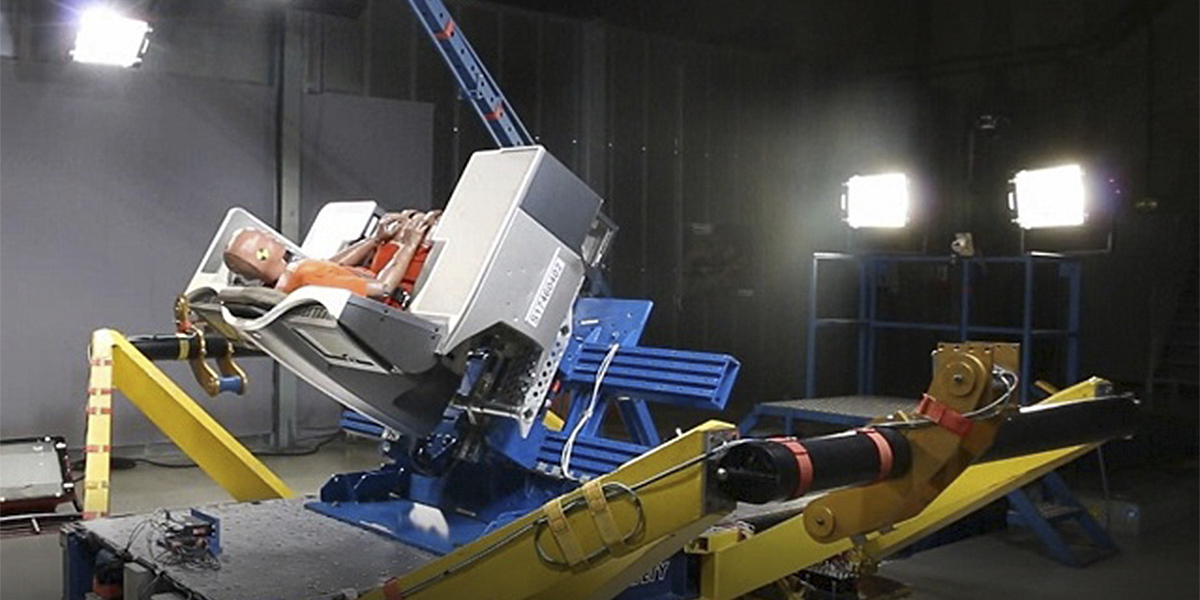FMVSS 225 Child Restraint Anchorage Strength Testing
The FMVSS (Federal Motor Vehicle Safety Standards) are a set of regulations established by the National Highway Traffic Safety Administration (NHTSA) to ensure that passenger vehicles meet certain safety requirements. One such requirement is found in FMVSS 225, which mandates the testing of child restraint anchorage strength. This standard ensures that vehicle seats and seat belts can safely support child restraints during a crash, thereby protecting children in case of an accident.
The test procedure outlined in FMVSS 225 involves subjecting the child restraint to various forces intended to simulate real-world crash scenarios. The purpose is to ensure that the system remains secure, preventing any significant movement or detachment from the vehicle seat during a collision. This is critical because loose or improperly secured restraints can result in serious injury or even death.
Testing must be conducted on both the driver and rear passenger seating positions as required by FMVSS 225. The test setup includes specific instrumentation, such as force measuring equipment capable of withstanding high loads without failure. Additionally, the child restraint itself must meet applicable standards (such as ISO 14342) before it can be subjected to these tests.
During testing, a dummy representing an average-sized child is positioned in the seat and secured according to manufacturer specifications. The test then applies forces up to specified limits aimed at mimicking different crash conditions. If any part of the restraint or its attachment fails under these conditions, the vehicle does not comply with FMVSS 225.
To ensure accurate results, laboratories specializing in automotive testing must adhere strictly to NHTSA guidelines and maintain state-of-the-art equipment calibrated regularly. Compliance officers responsible for ensuring adherence should familiarize themselves with all aspects of this regulation.
Failure to meet the requirements set forth by FMVSS 225 can lead to significant legal repercussions, including potential recalls and fines from regulatory bodies like NHTSA. Therefore, it is essential that manufacturers rigorously test their products according to these standards before bringing them to market.
Applied Standards
| Standard Number | Description |
|---|---|
| FMVSS 225 | Child Restraint Anchorage Strength Requirements for Motor Vehicles |
| ISO 14342 | Performance requirements and test methods for child restraint systems |
Customer Impact and Satisfaction
- Promotes safer vehicles by ensuring proper anchorage of child restraints during crashes.
- Avoids legal issues associated with non-compliance to FMVSS regulations.
- Enhances brand reputation through demonstrated commitment to safety standards.
- Ensures reliable data for R&D teams working on improving passive safety features.
Use Cases and Application Examples
FMVSS 225 testing applies specifically to new vehicles being manufactured or imported into the United States. It is crucial during early stages of product development when engineers are designing seat structures capable of supporting child restraints securely.
An automotive manufacturer might use our services if they need independent verification that their latest model meets all required safety standards. Similarly, suppliers who produce components used in securing child restraints could benefit from having these parts tested independently to ensure compatibility with future models.





